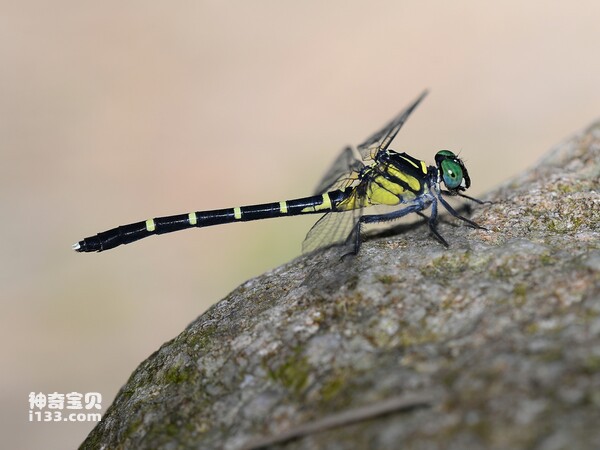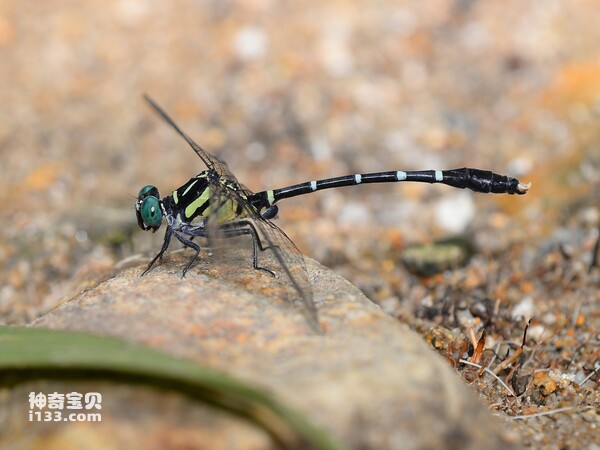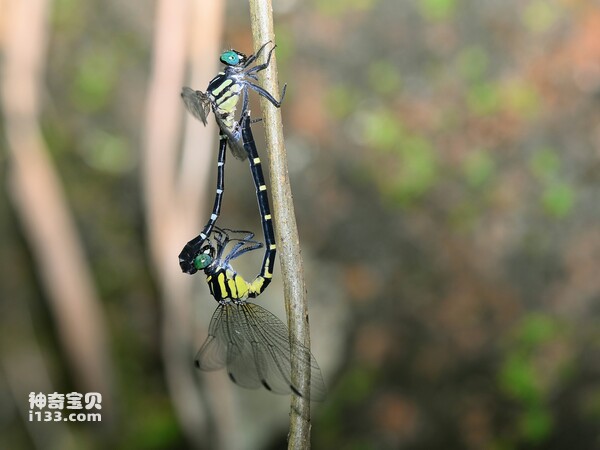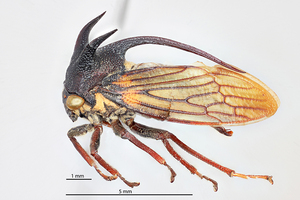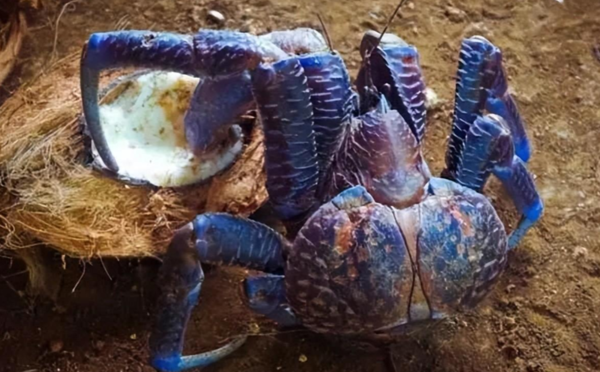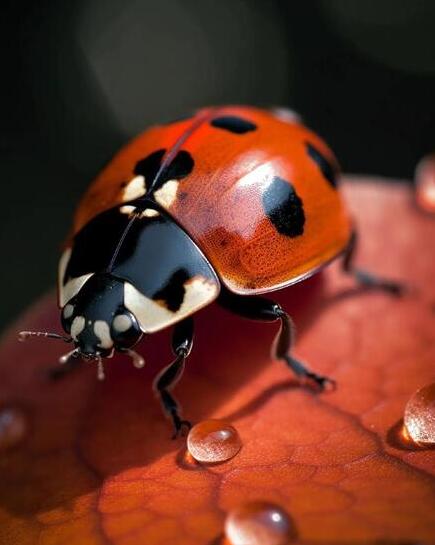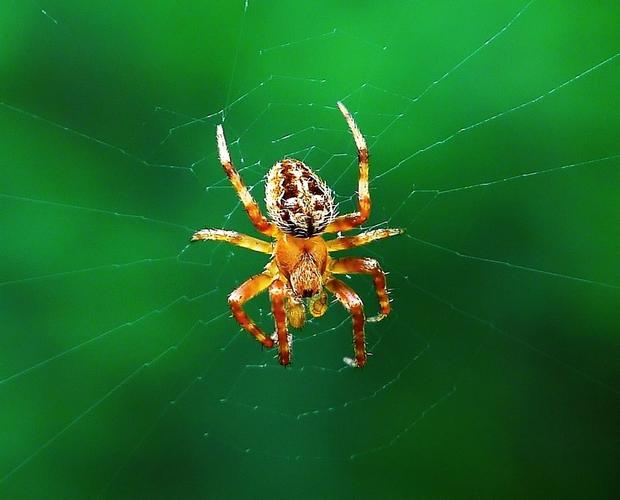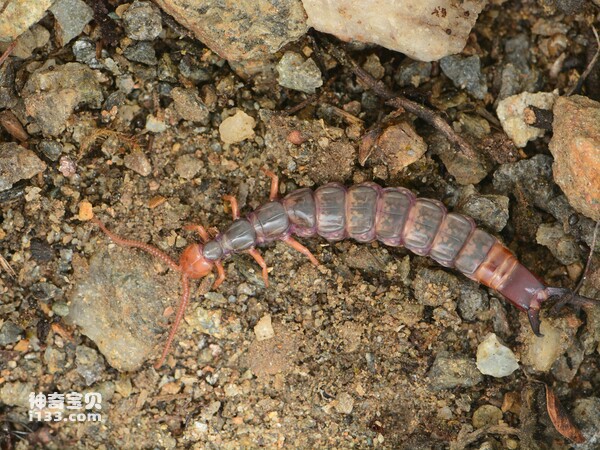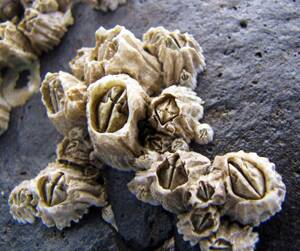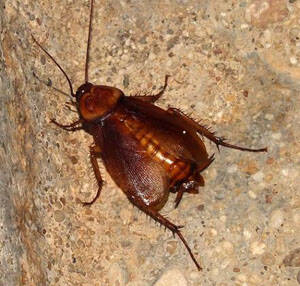Heliogomphus retroflexus
IUCN
LCBasic Information
Scientific classification
- name:Heliogomphus retroflexus
- Scientific Name:Sharp-edged dragonfly, curved-tailed spring dragonfly,Heliogomphus retroflexus
- Outline:Arthropoda
- Family:Insecta Odonata Spathidae Spathiphyllum
Vital signs
- length:About 5 cm
- Weight:No verification information
- lifetime:No verification information
Feature
It is an important natural enemy insect that is beneficial to humans and an indicator insect of water quality and environment.
Distribution and Habitat
In China, it is distributed in Fujian, Zhejiang, Guangdong, Hainan, and Taiwan. Abroad, it is distributed in Laos and Vietnam.
The larvae live in sand, mud, or water plants in the water. A few larvae live in woodland debris or tree holes with accumulated water, or crawl out of the water and attach to rocks in the water film. The twisted-tailed spring dragonfly usually moves near the environment where the larvae live during the day. It often flies in rivers, ponds, and streams. Female twisted-tailed spring dragonflies like to stay in places far away from water sources, such as near forests, where it is easier to get food.
Appearance
Large insect with black and yellow body color. The upper lip of the male head is black with a yellow spot on each side; the base of the front lip is yellow-brown, and the base of the back lip is black; the forehead is black with yellow horizontal stripes. The thorax is black with yellow stripes; the black collar stripe is not connected to the dorsal stripe; the sides are yellow-green with two thicker black stripes. The wings are transparent, and the wing spots are brown. The legs are black with yellow spots. The abdomen is black, with yellow spots on the sides of the first to third abdominal segments, and yellow rings on the base of the back of the second to seventh abdominal segments, and the eighth to tenth segments are black. The upper anal appendage is yellow-white, horn-like, and twisted at the end. The male and female are similar in color.
Details
Heliogomphus retroflexus (scientific name: Heliogomphus retroflexus) is an insect of the family Heliogomphidae and the genus Heliogomphus, with no subspecies. This species was first published by Swiss entomologist Friedrich Rees in 1912.
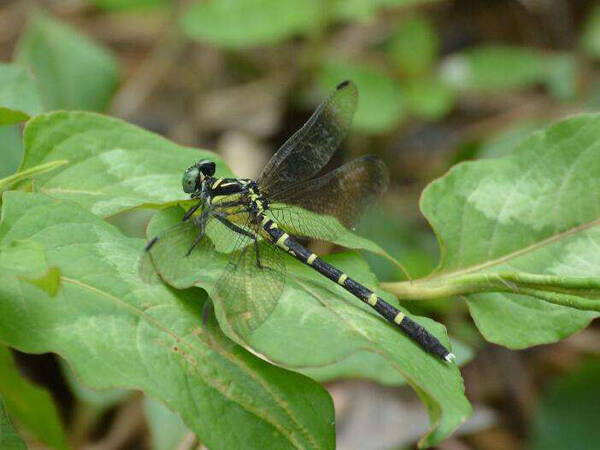
Heliogomphus retroflexus is usually active in the daytime near the environment where the larvae live. It often flies in rivers, ponds, and streams. Female twist-tailed spring dragonflies like to stay away from water sources, such as near forests, where they can more easily get food.
Twisted-tailed spring dragonflies generally overwinter in water as eggs or larvae, and a few species of adults can also hibernate. Twisted-tailed spring dragonflies are incomplete metamorphosis. The life cycle only goes through three stages: egg, larvae and adult. The duration of each stage varies greatly among different species. After 5-230 days, the eggs hatch into "pre-larvae" wrapped in a thin chitin membrane sheath. After a few seconds to tens of minutes, the membrane sheath is shed and enters the second instar, becoming a larvae that can move freely in the water, commonly known as water scorpions.
The food of twist-tailed spring dragonflies is mainly mayfly larvae, mosquito larvae or other individuals of the same species, even tadpoles and small fish. It takes 9-15 years for the larvae to mature. The mature larvae crawl out of the water, end their life in the water, attach themselves to stones, plants or other objects, shed their shells and enter the adult stage. The newly emerged adult has a soft body, and it takes several hours or days to harden its shell. As the body fluid circulates, the wing buds stretch and straighten, and the body color and patterns gradually become brighter. Only then will the twisted tail spring dragonfly be able to fly away from the molting place and soar into the vast sky.
Before mating, the sexually mature male insects first bend their abdomen forward, move the genital opening of the 9th abdominal segment to the bottom of the 2nd and 3rd abdominal segments to connect with the secondary penis of the copulatory organ, and store the spermatophore (formed by the band-like mucous membrane wrapping the sperm) in the scrotum through the penis. After completing the sperm transfer, the male insect chases the female insect in the air and holds the relevant parts of the female insect with the anal appendage at the end of the abdomen. The female insect hugs the abdomen of the male insect with six legs, automatically bends the abdomen, and extends the genital opening at the end of the abdomen to the second segment of the male insect and connects it with the secondary penis, forming a ring-shaped series. After mating, the female insect quickly lays eggs. The eggs are laid in plants or in water and nearby objects.
The twisted-tailed spring dragonfly is an important natural enemy insect that is beneficial to humans and an indicator insect of water quality environment.
Listed in the "Red List of Endangered Species of the World Conservation Union" (IUCN 2010 ver 3.1) - Least Concern (LC).
Listed in the second level of China's "National Key Protected Wildlife List"
